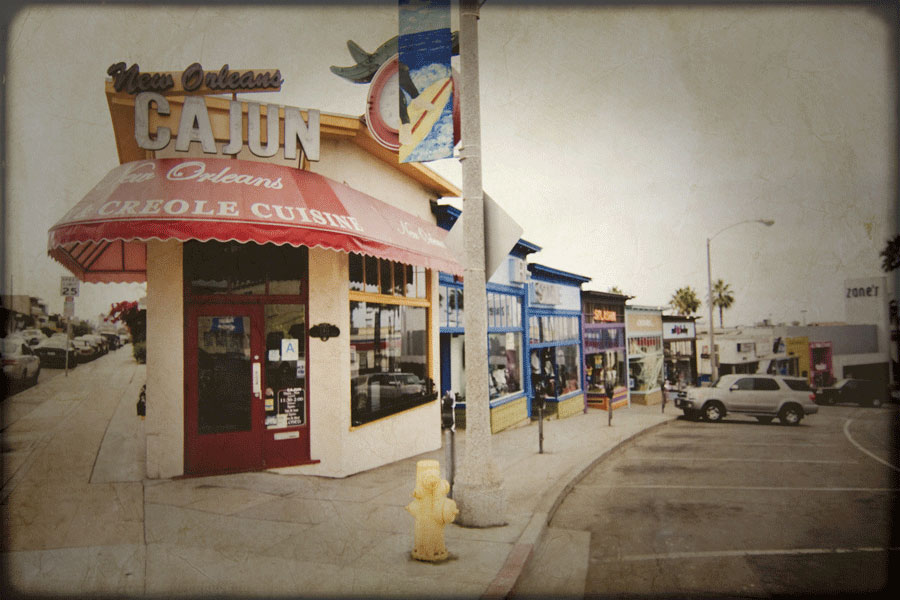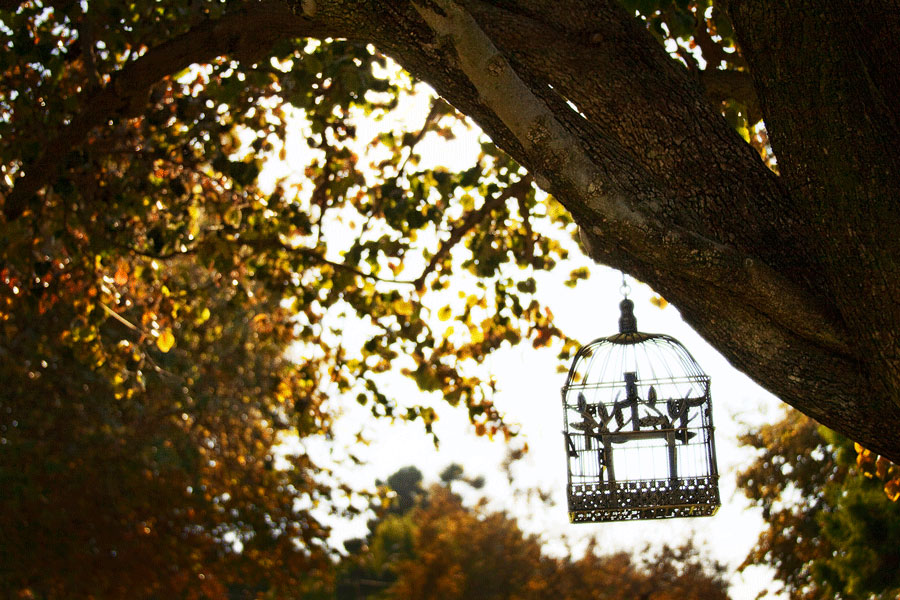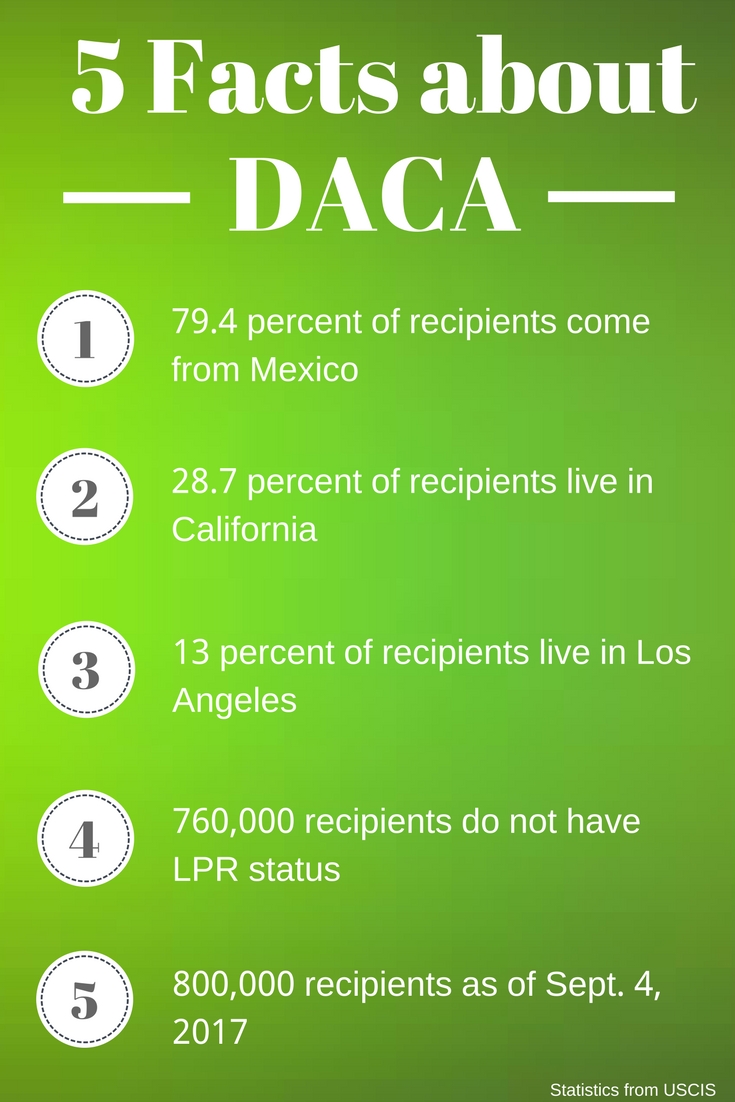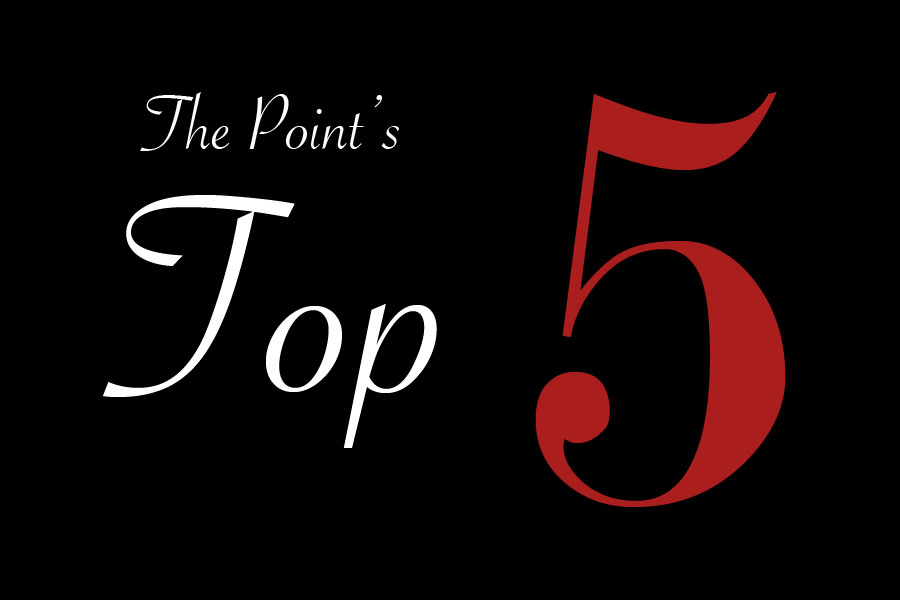Written by Christina Hayes
For some, Los Angeles is a distant city skyline, smoldering in a perpetual tide of ominous russet smog. Yes, Los Angeles is where we can find Beverly Hills, Rodeo Drive and Walt Disney Concert Hall, as well as art studios and galleries, but there is so much more than just glitz and glam. Today, my team — a photographer, a videographer and myself — plans to leave the safe confines of Biola University and the suburban community of La Mirada and enter into the heart of L.A.
After the mundane droll of everyday standstill traffic, I entered Watts. Since most think of Watts as a neighborhood beset with limited government funds and a high crime rate, it may not be the first place people think of going for a fun-filled day in L.A. But when I arrived there, I found children playing outside during recess in a gated elementary school, an entire family bicycling through a park and a sleepy neighborhood beginning to stir.
My whole reason for coming to Watts was to visit the Watts Towers and see beauty in even the most desolate of cites. I gazed upon the 99-foot-tall towers and marveled at the shards of bright pottery and glassware glint and how although none of the pieces match, they are united by this lackluster, ordinary cement. It’s almost as if these towers embody the city of L.A. itself, so diverse and bound by endless grey sidewalks and asphalt.
(video goes here amoeba_la.mp4)
Next we headed to Hermosa Beach, a brightly-colored beach town wrought with surfers, volleyball courts, runners and bikers. The Irish Pubs to Cantinas and Chinese food show that this beach is no Huntington. Outside the Mermaid Bar I found a hotrod rigged as a carriage driven by a man who could have been masquerading as a motorcycle gangster. I also met a man who called himself the “Mass Murderer.” After looking at brightly-painted eateries and dozens of bicycle rental shops and walking the long pier where fishermen eagerly awaited their next catch, I was off to my next stop.
Though parking cost $8, the California African American Museum had no admission fee. I found one exhibit called “Inside My Head” that displayed intuitive arts of African American descent. Another, “Tuskegee,” showed the journey to flight for African Americans who served in the Air Force during World War II. The last gallery I visited celebrated the Fillmore District of San Francisco — the Harlem of the West — for its rich, Bebop Jazz culture. Each exhibit provided a glimpse into the unique culture of African Americans. As I gazed upon portraits and photographs of ages long past, I gained a more holistic sense of African American history.
Walking into Grand Central Market can be overwhelming with dozens of eateries, fruit markets and cheap trinkets — the surroundings smelled like too many wonderful and familiar foods all at once. It’s a gathering of so many different cultures and definitely worth the stop, especially around lunchtime.
Most people wouldn’t expect to find the Sequoia National Forest in the middle of Downtown L.A., but walking into “Clifton’s Cafeteria” was like being transported to a wooded glen. Complete with artificial trees, forest wallpaper, a waterfall, a creepy stuffed raccoon that jumps out of hole and a prayer closet, Clifton’s is a haven in the midst of a fanatical city. We ate there, and the food is on par with Biola’s cafeteria, though a pretty penny more. If you can’t afford to eat there, Clifton’s will pay the difference. Many homeless people make their way through the lines and spend time enjoying the serenity of the “forest.”
Wine-flavored soda? That’s what I found at “Galco’s Old World Market,” which is filled with almost any soda and liquor you can think of. There were aisles and aisles filled with any and every kind of flavored soda — even chocolate soda! The vintage candy and friendly staff also can’t be beat. It was fun to stop by and grab a bottle of Dr. Pepper from Dublin made from actual sugar cane.
I couldn’t leave L.A. without making a stop in Hollywood. I headed straight toward Amoeba Records, which houses tons of used CDs — everything from Hip-Hop to Electronica Dance to Classical Jazz. I walked away with three CDs, each under $10, and though used, there was not a scratch on any of them.
From the owner of Galco’s to the family of bicyclers in Watts, all my interactions on this trip through L.A. showed me that the people are really what make up a city and its culture. I didn’t see the usual trends and ideologies the media institutes, but I saw life — real everyday life. Life for the children playing happily at recess during school, life for the music buff who searches through aisles of records to find his treasure, life for the man who sleeps on a different street every night.





